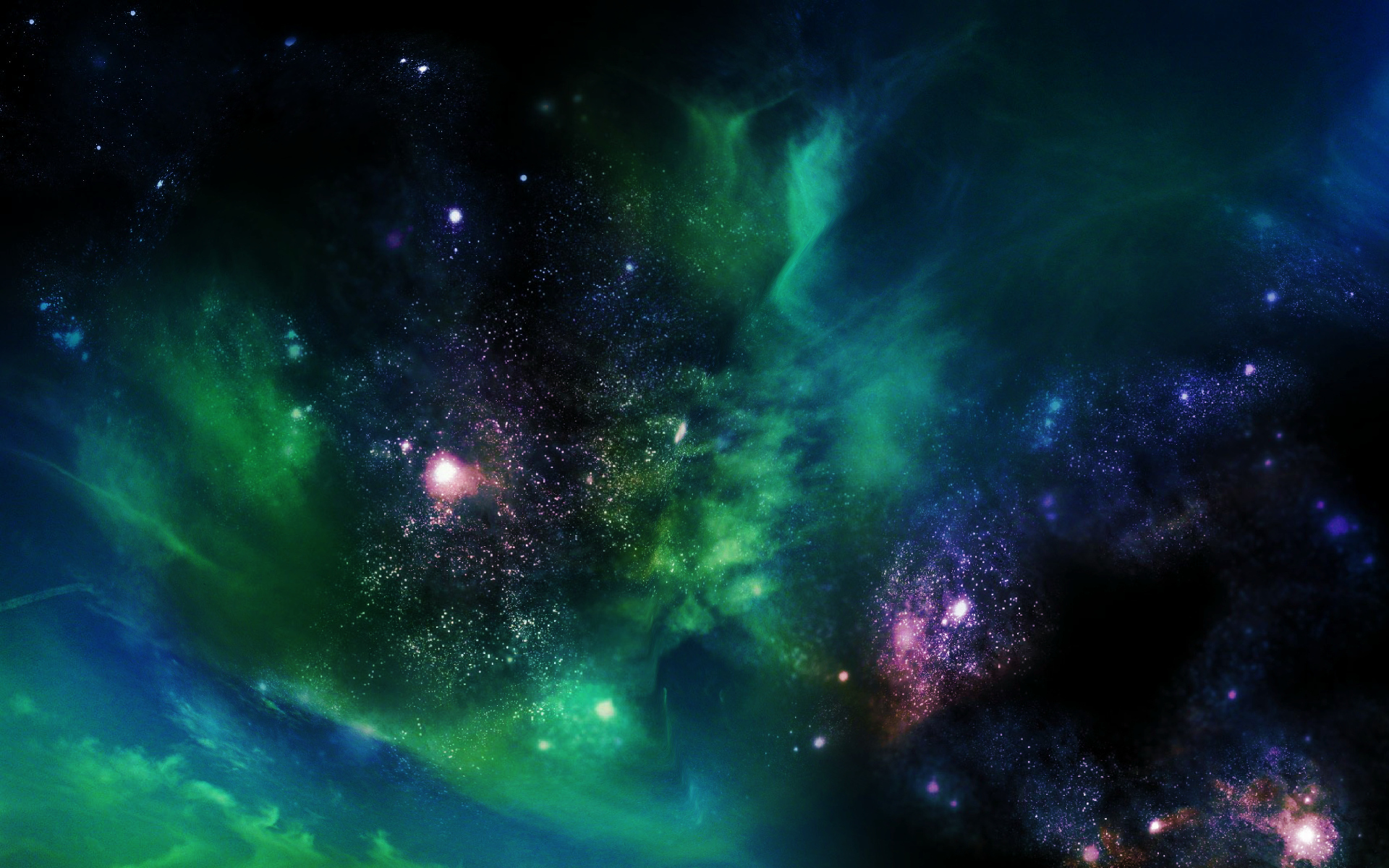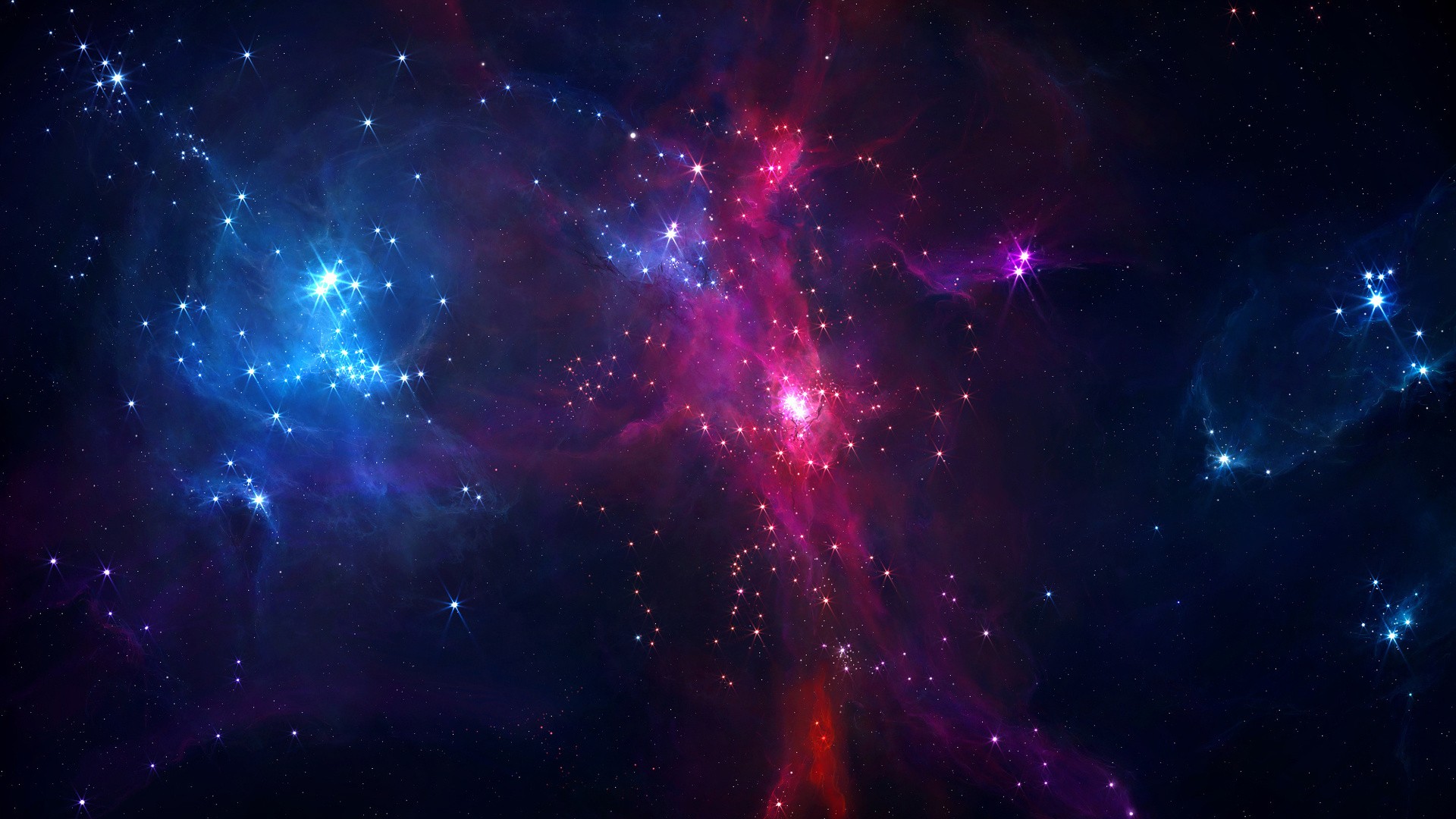
A team of researchers has just found that the predicted curvature of space-time calculated using relativity does not always quite match up to what we observe

The new model shows a naked singularity can yield what's called anti-de Sitter space, a curved, saddle-shaped space.

Ben Tippett, a mathematics and physics instructor has created a formula that describes a method for time travel. " We tend to think it's not possible because we don't actually do it," says Tippett. "But, mathematically, it is possible."

By using a space-time quirk first predicted by Einstein, the Hubble Space Telescope has also made it clear that our theories to explain the evolving universe are far from complete.

Finding evidence of gravitational-wave memory could help solve the black hole information paradox.

Scientists in the U.K. share a five-dimensional black hole simulation model that could ‘break’ the general relativity of Albert Einstein, the very foundation of modern physics.
A landmark day for Einstein and our understanding of the universe: the detection of gravitational waves. Brian Greene explains the discovery.

Rumor has it that gravitational waves might be detected soon - a late triumph for Einstein

Bizarre quantum bonds connect distinct moments in time, suggesting that quantum links — not space-time — constitute the fundamental structure of the universe.

In the last few decades, researchers have pursued the problem in two separate programs—string theory and loop quantum gravity—that are widely considered incompatible by their practitioners. But now some scientists argue that joining forces is the way forward.

Cause always leads to effect — except, of course, in particle physics.

Science fiction literature is full of stories in which tunnels in space-time known as wormholes are used for time travel. How much fact lies within the fiction? The answer is, more than you might think.